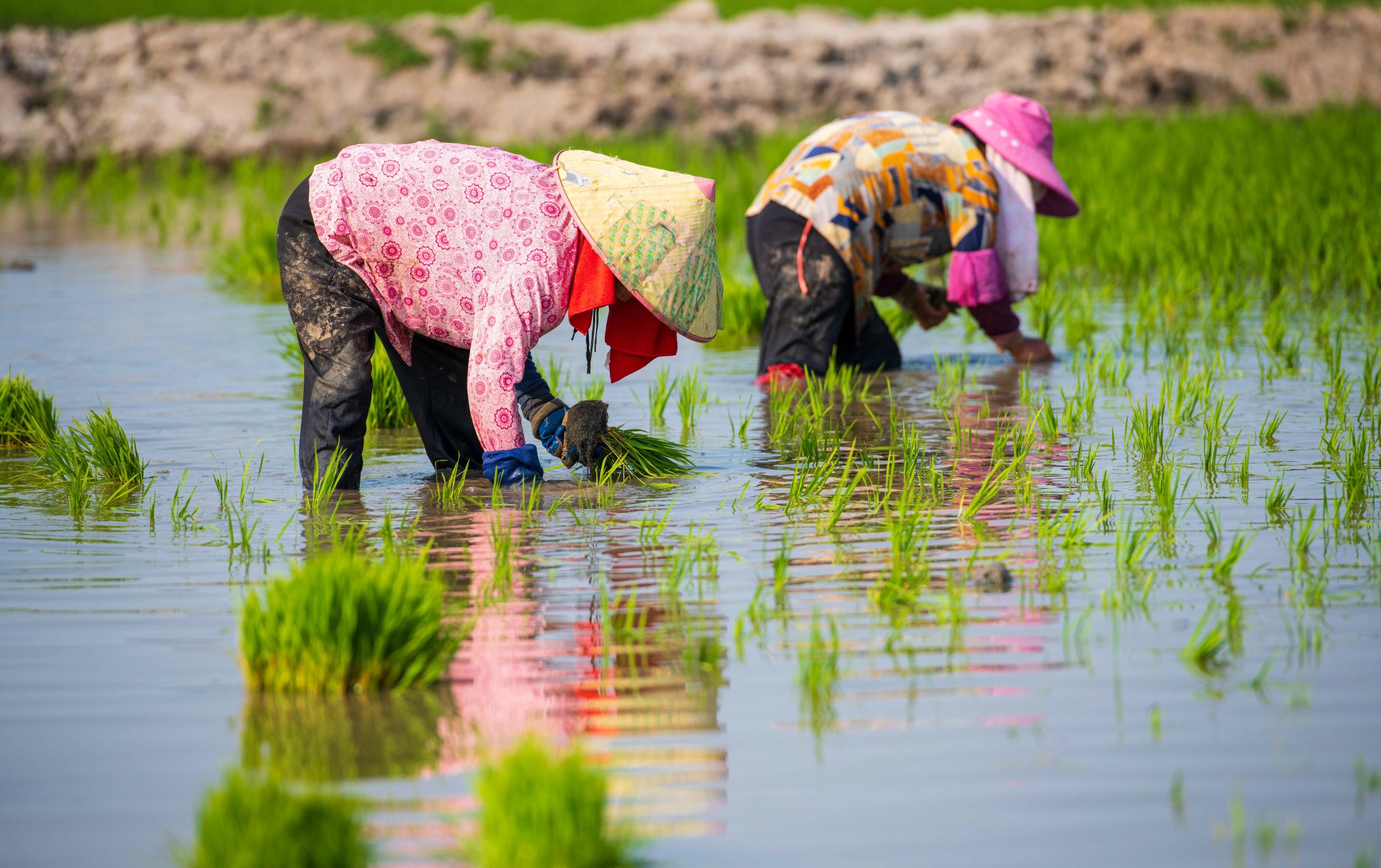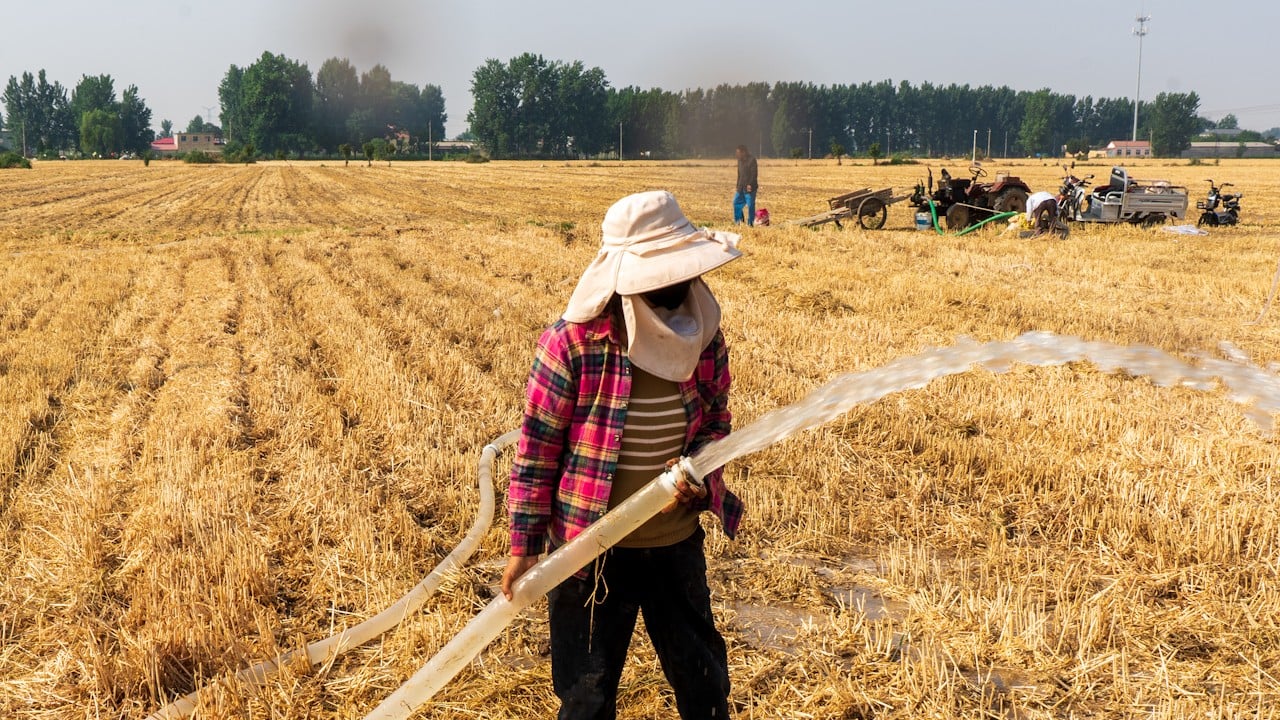
As calls for Chinese rural land reform get louder, will Beijing take a soft approach?
- Despite widespread experiments in rural land reform across China, experts doubt any major moves will be made at the upcoming third plenum
In 1978, 18 farmers in a small village in China met in secret to sign an agreement that they would divide their village’s collectively owned land between them, allowing each household to keep any surplus harvest after they had filled government quotas.
The village, Xiaogang, in eastern China’s Anhui province, has since entered the history books as the birthplace of the household contracting system that defied collective farming and became the trigger that set China on its road to economic rise.
The dilemma is underscored by the vast areas of agricultural land and rural homes that have been left empty amid the rapid urbanisation that has taken place over the past decades and China’s ambition to revitalise the countryside in order to realise President Xi Jinping’s goal for “common prosperity”.
About 18 per cent of rural houses sit abandoned as farmers have moved to cities for better-paid work, according to a sample survey conducted in 2019 by the Ministry of Agriculture and Rural Affairs.

While there is not any more recent data on a national level, some local governments have flagged the urgency of the situation in the past couple of years.
For example, in 2022, a report from Shangqiu, in central China’s Henan province, said that this rate was over 23 per cent in one of the counties under its jurisdiction.
Meanwhile, the incidence of abandoned farmland in China increased from 9.8 per cent to 12.35 per cent from 2011 to 2021, according to a study published in the Journal of Huazhong Agricultural University in March.
But the closed rural market is widely believed to have stopped these resources being better utilised and contributed to a wide rural-urban income gap.
Despite some improvement over recent decades, the annual disposable income of urban households was still 2.4 times that of rural families last year, according to National Bureau of Statistics (NBS) data.
To invigorate the countryside, there must be talent, and to lure talent, there must be the possibility of long-term development, Zheng Linyi said.
“Since reform and opening up in 1978, we have opened the gate to our urban areas,” he said.
The economy is under downward pressure and there is not enough demand for homes … The authorities won’t want to see more houses being built in such a context.
“Shall we now open the gate to villages, for example, make it possible for an urban dweller who has made contributions to rural development to become a member of the collective, or obtain the right of inhabitation via market transactions? That’s something we need to consider.”
“The economy is under downward pressure and there is not enough demand for homes … The authorities won’t want to see more houses being built in such a context.”
Meanwhile, some local governments have pledged to loosen the rules to encourage farmers and migrant workers to absorb inventories.
In theory, Chinese farmers are not only banned from selling and buying their land, but also using it as collateral for loans, limiting their opportunity to raise capital.
In April, among a slew of measures to save the real estate market, the government of Ezhou city in Hubei province promised to provide subsidies to farmers if they volunteered to return their rural property to the village collective and buy a home in an urban area instead.
But these small adjustments to the current rules will not help push fundamental reforms, said Professor Zhu Qizhen, a specialist in rural development at China Agricultural University.
“The point is whether there is the demand for farmers to settle down in cities; they need jobs, and their kids need opportunities for schooling,” he said. “If they do, then encouraging them to give up their rural property would make sense.” But, he said, the reality is the opposite.
China had more than 297 million migrant workers in 2023, a slight increase of 0.6 per cent from the previous year, but only 43 per cent of them lived in urban areas at the end of last year, according to a survey by the NBS.
Zheng Fengtian from Renmin University said the complicated environment China faces both domestically and internationally was another reason for Beijing’s tendency to stick to the old ways.
Freeing up rural property transactions could mean the loss of a “safe haven” for millions of migrant workers who have struggled to integrate into cities, he said.
“The higher the geopolitical risks are, the more conservative policies would be, because the security of low-income people would be a top factor to consider in such circumstances,” he said.
Instead, Beijing will be comfortable with small-scale trials that have been going on for over a decade, he said.
Since 2015, reforms have been undertaken in 33 Chinese counties on three types of rural land: land for farming, land for building homes and land for construction for the public good.
Another highly praised but yet-to-be-extended pilot scheme is the land coupon system introduced in Chongqing municipality in 2008.
Representing entitlements granted by the government that allow holders to lease land for development purposes, these coupons can be traded or sold among developers and investors, thus playing a crucial role in the city’s real estate market and urban development strategy.
When farmers agree to transfer their land-use rights to developers or investors through land coupons, they typically receive compensation. This serves as income for the farmers, providing financial support beyond traditional agricultural activities.
Former Chongqing mayor Huang Qifan, who designed the system, said in an article in 2020 that it perfectly matches the leadership’s pursuit to correlate the allocation of land in urban and rural areas and prevent arable land loss.
“Over the past decade, Chongqing has experienced rapid urban development, with a total of more than 2 million mu of land expropriated. In contrast, Chongqing’s arable land has increased to more than 35 million mu from 34 million mu more than a decade ago,” he said.
But even with the “big fruit” it has borne, as stated by the municipal state-owned assets supervisor in an article last year, it has yet to be copied in other regions.








